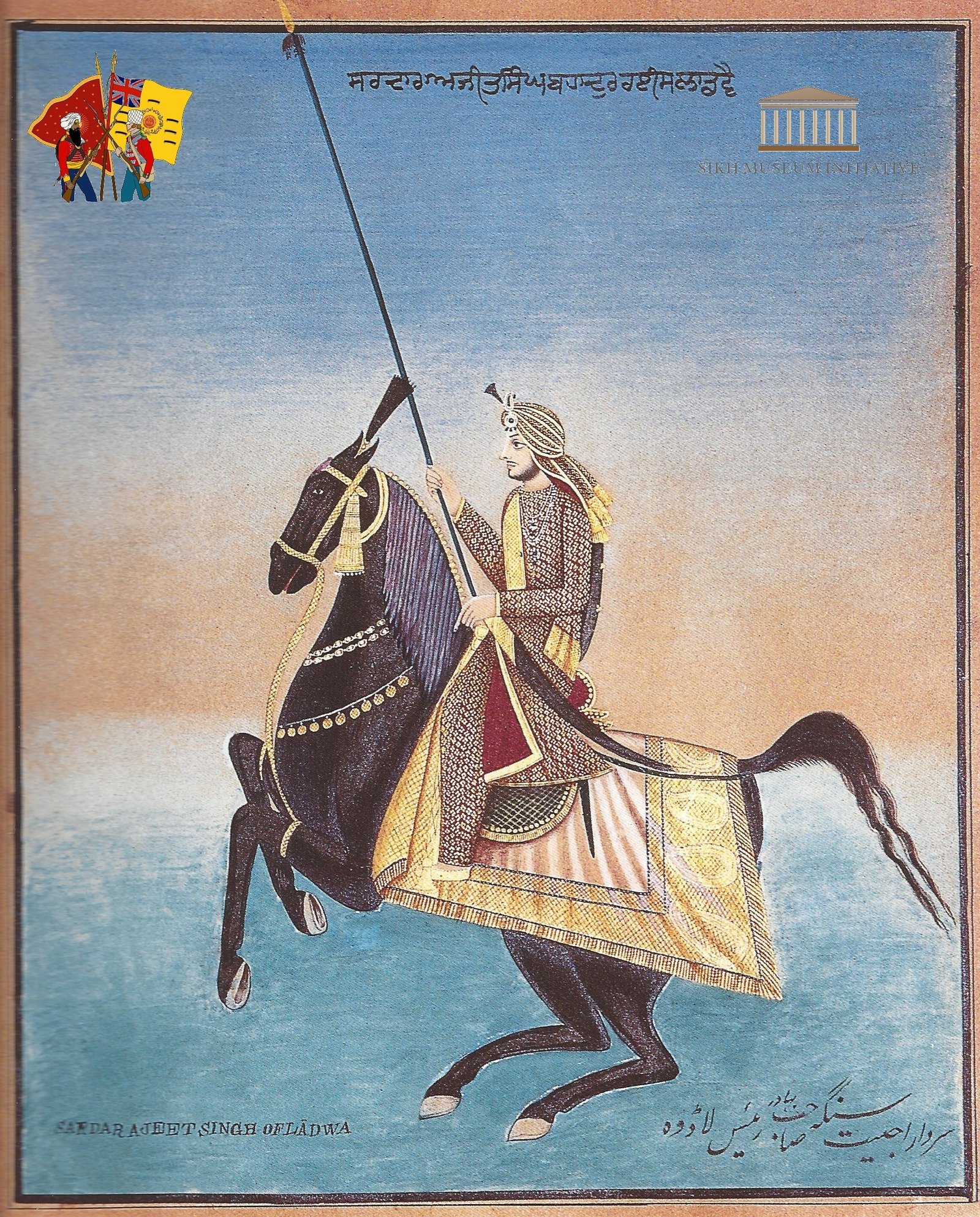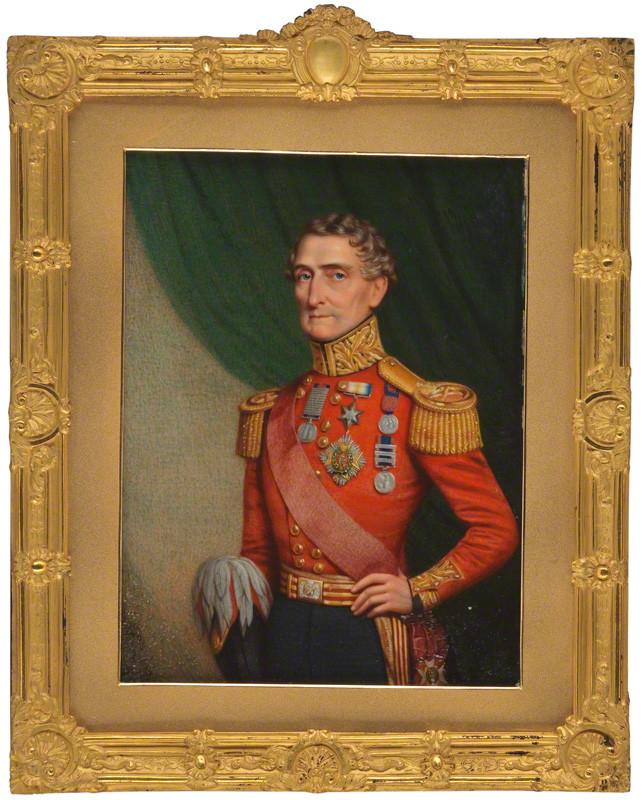Buddowal, Near Ludhiana.
A temporary cessation of hostilities followed the battle of Ferozeshah. The English were not in a position to assume the offensive and waited for heavy guns and reinforcements to arrive from Delhi. Lal Singh and Tej Singh allowed them the much needed respite in as much as they kept the Sikhs from recrossing the Sutlej. No additional troops appeared to be forthcoming from Lahore. To induce desertions, Lord Hardinge issued a proclamation inviting all natives of Hindustan to quit the service of the Sikh State on pain of forfeiting their property and to claim protection from the British government. Sir Henry Hardinge ensured that 1,000 mince pies were distributed to the British troops on Christmas Day 1845. The deserters were also offered liberal rewards and pensions.
Ranjodh Singh Majithia, was the son of Desa Singh Mahithia, one of the most able ministers under Maharaja Ranjit Singh. Ranjodh Singh commanded a large army, (ten thousand infantry and some regular cavalry with sixty guns) and as a result crossed the Sutlej in force and was joined by Ajit Singh, of Ladva. They marched towards Ludhiana and burnt a portion of the British cantonment.Harry Smith (afterwards Governor of Cape Colony), who was sent to relieve Ludhiana, marched eastwards from Ferozepur, keeping a few miles away from the Sutlej.

Ajit Singh of Ladwa: Only Raja who helped the Sikh cause below the Sutlej.
Government Museum and Art Gallery, Chandigarh
Ranjodh Singh Majithia harried Smith’s column and, when Smith tried to make a detour at Baddowal, attacked his rear with great vigour and captured his baggage train and stores (21 January). Harry Smith states, ” the enemy, with a dexterity and quickness not to be exceeded, formed a line of seven battalions directly across my rear, with guns in the intervals of battalions, for the purpose of attacking my column with his line. This was a very able and well-executed move, which rendered my position critical and demanded nerve and decision to evade the coming storm.”

Sir Harry Smith, Bt by Unknown artist,
watercolour on ivory, after 1848. NPG 1945. © National Portrait Gallery, London
The Fort of Buddowal was captured on January 24, by the British and the inhabitants of the villages who had sided with the British met with a unfortunate end, “British soldiers and camp followers now fanned out that evening, burning and looting the nearby villages and killing locals suspected of helping the Sikhs.” This event is remembered by locals of the area to this day.
Key facts:
Major Carmichael Smyth of North Western Political Agency writes, ‘Ranjodh Singh ought certainly to have marched direct upon Delhi instead of entrenching himself first at Buddowal and afterwards on the banks of the river; his cavalry might have laid waste the country and his army would have increased like a snowball and easily have got possession of a portion of the siege-train which was on the road without proper ammunition and protection.” Instead, he confined himself only to attacking Ludhiana and Buddowal with some success but in the process wasted a golden opportunity which could have turned the scales of war against the British. It is quite clear that Tej Singh had previously prevented Ranjodh Singh from moving into Mudki and Ferozeshah.
References
The First Anglo Sikh War: Amarpal Singh
Anglo Sikh Wars-Karnail Singh
The autobiography of Lieutenant-General Sir Harry Smith, baronet of Aliwal on the Sutlej, G.C.B., Sir Henry (Harry) George Wakelyn Smith
